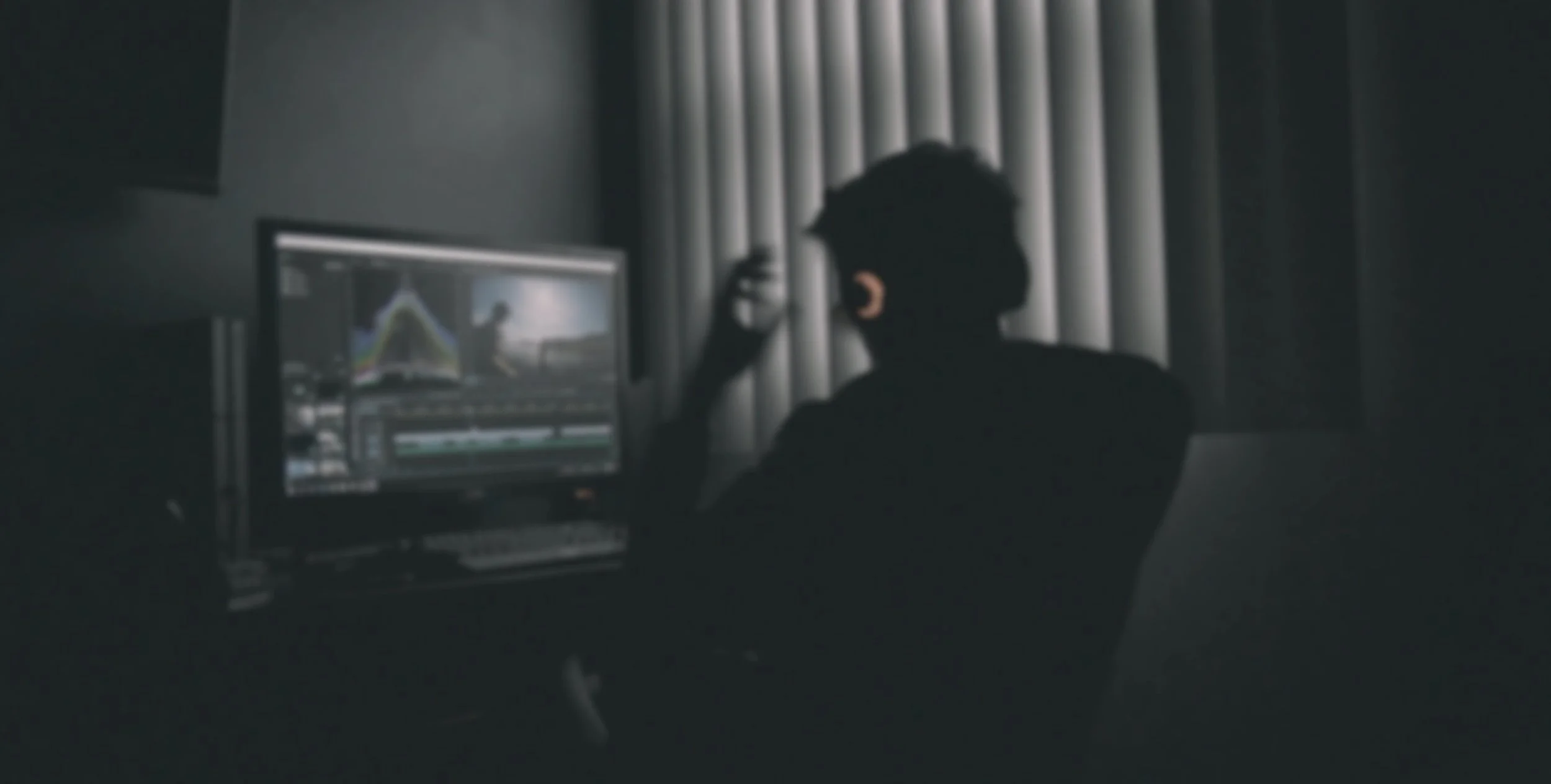The Art of the Edit
A Three-Part Online Workshop Series for Storytellers
Empowering Artists Through the Art of Editing
This workshop series is a collaboration between S.W.A.M.P. (Southwest Alternate Media Project) and Hakima Video Production, designed to introduce beginner filmmakers to the power of editing as a storytelling tool. Led by a veteran media educator with over 30 years in journalism and filmmaking, the program emphasizes creativity, voice, and hands-on learning.
Students will not only learn editing principles — they’ll discover how to shape emotion, rhythm, and meaning through their own stories. This is not a software tutorial. It’s a legacy-building experience in the art of editing and storytelling.
Workshop Overview
Audience: All beginner level filmmakers
Format: Live virtual workshops (Zoom or Google Meet)
Session Length: 1.5 hours plus 30-minute optional Q&A
Focus: Storytelling through editing — not software tutorials
Instructor Style: Media educator with over 30 years in journalism, education, and hands-on filmmaking. Focused on empowerment, and creative clarity.
Session 1: Cutting with Purpose — Intro to Editing and the 321 Rule
Pre-Session Materials
About Me Letter: Personal story and teaching philosophy
PDF Terminology Guide: Key editing terms with visuals
YouTube Clip Links: Examples of strong editing choices
Practice Video Download: Raw footage for students to edit
Workshop Expectations: Clear note that software will not be taught
Link for the session will be sent to everyone registered the day before the session.
Live Breakdown (1.5 Hours)
0:00–0:10 Welcome and Icebreaker
Students share favorite movie scenes and why they stuck — opens discussion on emotional impact and editing’s role
0:10–0:25 What Is Editing?
Editing as emotional architecture. Instructor shares examples from journalism and youth-led projects
0:25–0:45 The 321 Rule
Three angles, two shots, one cutaway — students analyze clips and discuss how this rule builds dynamic scenes
0:45–1:05 Shot Types and Scene Breakdown
Wide, medium, close-up, insert — students identify shot types in clips and discuss how each contributes to story
1:05–1:25 Live Demo
Instructor edits a short scene using the 321 Rule, narrating choices. Students ask questions and suggest edits
1:25–1:30 Homework Briefing
Students begin a one-minute edit using the 321 Rule. They can use provided footage or film their own
Optional 30-Minute Q&A
Mentoring, concept review, creative feedback
Students share early ideas or ask for guidance
Session 2: Crafting the Cut — Rhythm, Audio and Workflow
https://www.swamp.org/events/the-art-of-the-edit-part-1-ld9cr
Session 3: Your Edit, Your Voice — Showcase and Feedback
https://www.swamp.org/events/the-art-of-the-edit-part-1-ld9cr-j46nm
About the Partners
S.W.A.M.P.
Southwest Alternate Media Project has been a cornerstone of Houston’s independent media scene for decades, supporting emerging filmmakers and amplifying diverse voices through education, grants, and community programming.
Hakima Video Production
Founded by a veteran broadcast journalist and educator, Hakima Video Production is a wisdom-driven media company focused on legacy, empowerment, and cultural storytelling. Hakima specializes in youth mentorship, hands-on filmmaking, and community-centered media education.

